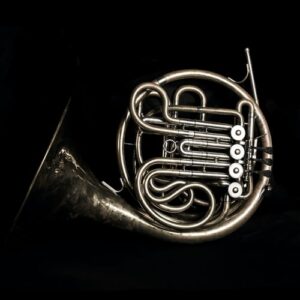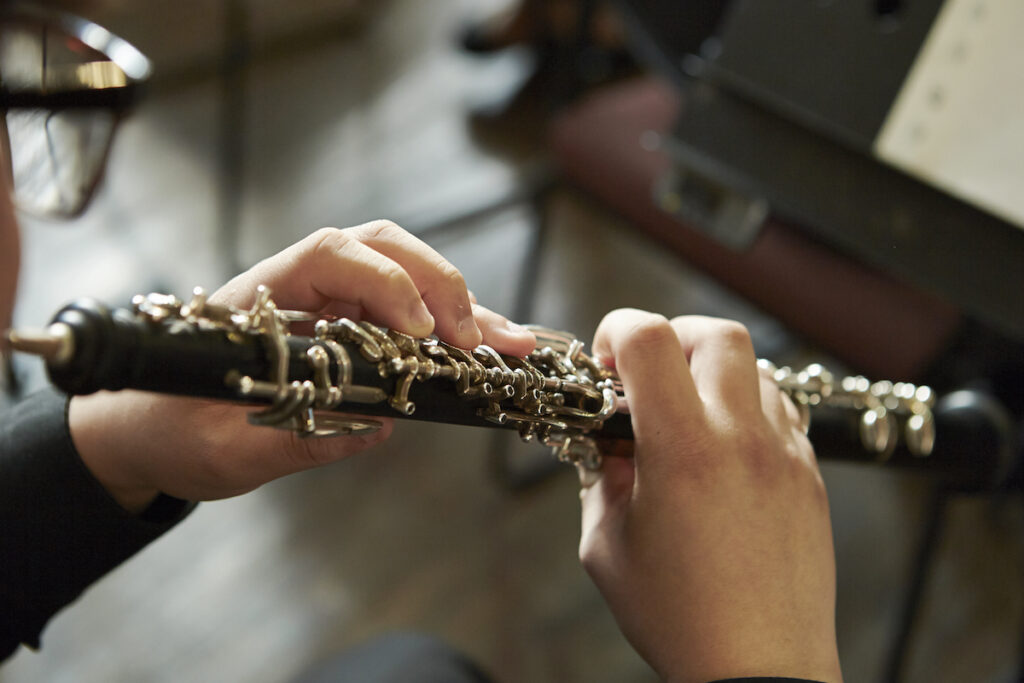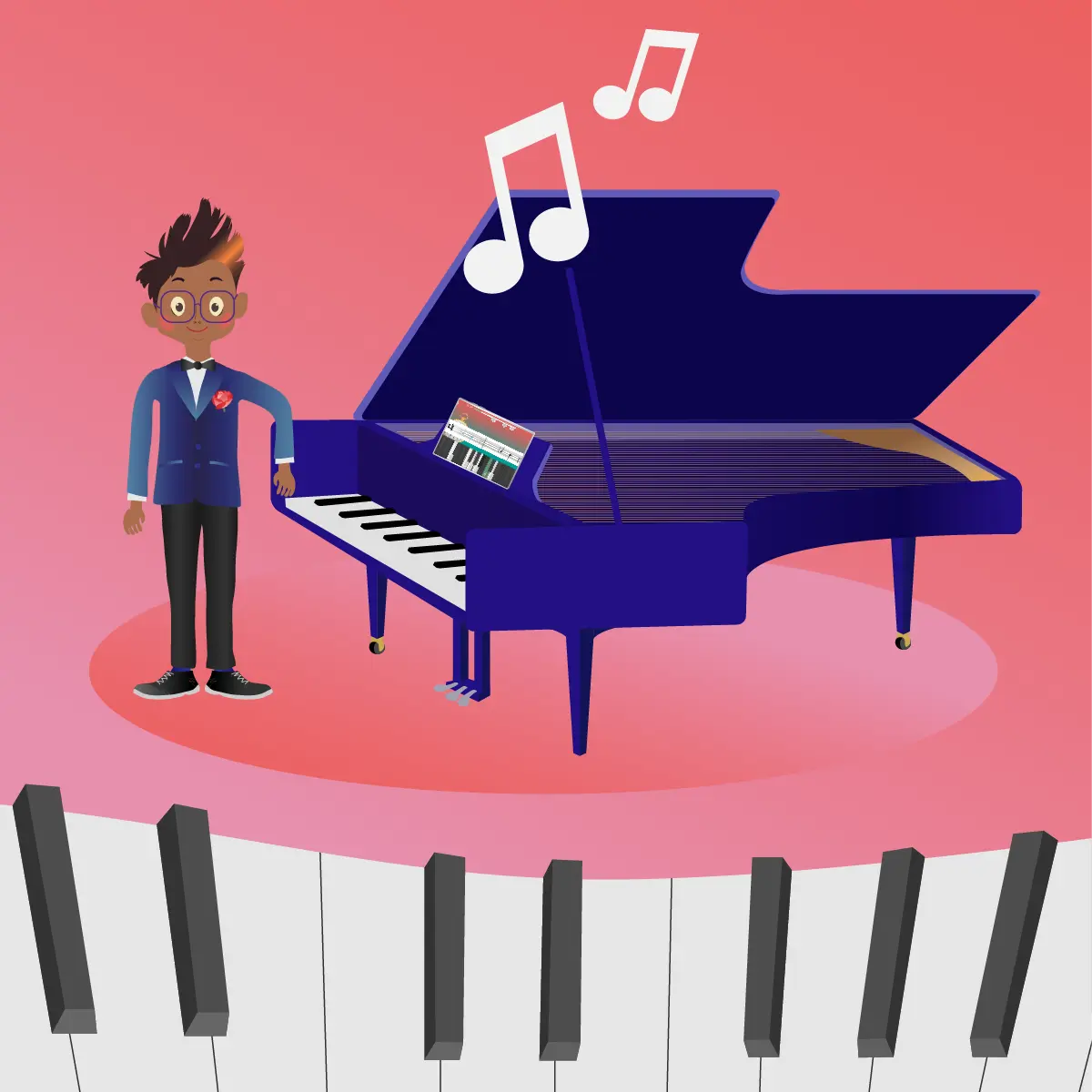By Arctic Meta,
Playing an instrument is a skill that many people only ever dream of being able to do. To be able to pick up an instrument and, through a series of actions, create beautiful music to share with others is quite an impressive feat.
Most adults have dabbled in some form of musical education throughout their schooling years. Many have played (or at least tried to play) an instrument in the past. Perhaps it was the old faithful recorder; maybe they were in a band in high school, thrashing out chords on a guitar.
Whatever instrument was played, there was definitely a required level of knowledge and practice needed to be able to play. Within the world of instruments, there are some that are harder to learn than others. It doesn’t mean that a music student should forget about ever playing them; it just means that they are a little bit more challenging to pick up.
So what are the hardest musical instruments to learn? What makes them so difficult? Read on to find out more.
1. Violin
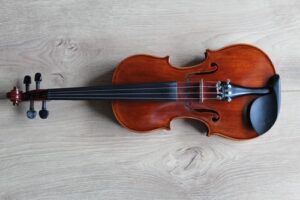
The violin is a wooden stringed instrument that’s part of a larger family of similar instruments. It’s the smallest and highest-pitched instrument in its family and normally has four strings, although some violins can have five.
The first known violins came into being in Italy in the 16th Century, and today it is one of the most widely recognised instruments in the world. The sound produced from this instrument can be found in almost every genre of music across hundreds of years.
The violin is also widely regarded as one of the most difficult instruments to learn. One of the reasons behind this is that there are no guides on the violin for finger placement. On other instruments like the guitar, the player can use divisions on the instruments known as frets to help them locate the correct place to put their fingers when playing a note or chord.
With the violin, the lack of frets means that the player must rely on muscle memory to know exactly where to put their fingers. The difficulties don’t just end there. After a while, most people can remember finger placement, much like learning to touch type; however, to produce a beautiful sound, there are a large number of variables.
The sound that comes from a violin doesn’t just depend on finger placement; it also depends on pressure, speed, the bow, the notes that were previously played and many other things.
This is why most professional violinists usually started learning to play when they were about four years old. It takes an incredibly long time to play this instrument without it sounding like someone is strangling a cat.
2. The French Horn
The french horn probably isn’t the first instrument that comes to mind when going through this list, but it’s still a pretty influential piece of an orchestra. Its unique shape makes it look a little bit like it could become part of a machine in a steampunk science fiction film, but this is all part of what gives the french horn its rich sound.
It’s a brass instrument in the same family as the trumpet or the tuba. The earliest incarnations of modern brass instruments were actual animal horns, hollowed out so that a player could press their lips to the smaller end and make a large, full sound, often to alert others of danger or to celebrate good news.
The french horn is mostly seen as a very challenging instrument. To play the french horn requires a great deal of breath control, and it can be hard to figure out how to position the mouth in order to get the right pitch.
The finger position of this instrument is also challenging. The high notes are relatively close to each other, which makes it difficult to tell the difference between them. Overall, combining the breath control, lip position and finger locations along with the strange shape of this instrument, the french horn can be a confusing instrument to learn. However, it’s a great instrument for those who have a decent set of lungs.
3. The Organ
The organ is an instrument that is as ornate as it is musically pleasing. For most people, the sound of the organ is synonymous with church or baseball. The early versions of the organ appeared in history over 2000 years ago, and the basic principles of this instrument haven’t really changed since.
The organ works by directing pressurised air through pipes. There can be an almost infinite number of variations to the organ. Organs can be large or small and have varied abilities of tone.
The organ might look like a piano and follow the same structure of keys, but that’s where the similarities end. It is an incredibly complex piece of musical equipment. To play the organ successfully requires intense coordination of the hands, feet, eyes and ears.
Playing the organ can be a little bit like playing a video game, but also coding the game at the exact same time. It takes a really long time to master the organ, and sometimes that mastery can be limited to only one specific machine.
Organ playing experienced a bit of a surge in popularity in the 70s and 80s thanks to companies that provided machines small enough to be in homes, but this instrument has since fallen out of favour. This is most likely the reason why the organ player in a church is usually an elderly person.
4. Bagpipes

Almost everyone associates the bagpipes with Scottish tradition, and rightfully so. It is a woodwind instrument that has been deeply ingrained in Scottish and Celtic culture since the 13th Century.
The bagpipes produce a strange sound that people seem to either love or hate, but they are very difficult to play.
A bagpipe player needs to constantly supply the instrument with air while creating the perfect amount of pressure on the instrument’s bladder underneath their arm. The finger positioning of the bagpipes might look a little like the recorder, but it’s much more complex and can take years to master.
5. Accordion

The accordion is another instrument that uses air pressure to create its notes and tones. When most people think of the accordion, they probably imagine a street musician somewhere in Paris entertaining tourists in a busy market square.
It looks like an instrument that has been around forever, but the earliest mentions of the accordion only date back to around 1829. Even watching someone play the accordion can feel like genuine magic.
The reason the accordion is so difficult to play is that it requires a lot of different actions to happen simultaneously. It’s a little bit like playing a piano that is also a set of bagpipes, only with more buttons and finger locations.
The accordion can also be quite heavy and tiring to play for long periods of time.
6. Oboe
The oboe is a reeded woodwind instrument that came into prominence in the late 1700s. It’s mostly played as part of an orchestra. It’s similar to a clarinet but much bigger and creates a brighter and clearer sound compared to the clarinet’s mellow tones.
The oboe follows the previous pattern of difficult to play instruments in that it also requires the player to control multiple things at the same time. It demands a lot from the mouth, lips, tongue and breath because the sound of the instrument’s notes isn’t just controlled by finger placement.
An oboe player also needs to learn to breathe through their nose while breathing out through their mouth, which is way more difficult than patting the head while rubbing the tummy. Putting all of this together still requires a great deal of coordination because the right amount of pressure from all factors needs to be applied to create the perfect sound.
7. Harp
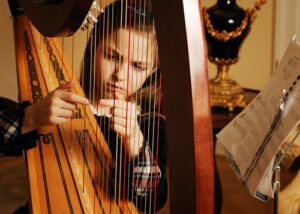
The harp is a stringed instrument that is almost as old as recorded history. The oldest mentions of the harp come from West Asia in around 3500 BCE.
Harps can come in many shapes and sizes, and there are multiple variations depending on the culture that a particular harp comes from. For example, a baroque harp is quite large, whereas some Celtic harps can be easily rested in a person’s lap.
Unlike many of the other instruments on this list, the harp doesn’t require the player to perform different tasks at the same time. The reason this instrument is difficult is related to the sheer volume of strings it has. Harps can have up to 47 different strings, and they are all very close together.
Learning the exact position of each string and how to pluck it without also plucking its neighbours is a feat of music and physics.
8. Guitar

The guitar is possibly one of the most popular instruments in the world. Most people would consider this instrument as one of their first choices if they wanted to learn to play something.
It’s an incredibly versatile instrument that’s not only pleasing to listen to, it’s also very portable, making it an ideal companion for a travelling musician.
The guitar is an incredibly accessible instrument for many people, and it doesn’t take very long to be able to play tunes on it, but it’s deceptively more difficult to play than most people realise.
It can be hard for students of the guitar to make the transition from just playing individual notes to playing full chords. It also takes a considerable amount of time to develop enough strength in the fingers to play chords successfully. This can actually be a little bit uncomfortable or even painful at first.
The way guitar music is written is quite different from most other instruments. It’s basically upside down and can take some getting used to.
9. Piano

Like the guitar, the piano doesn’t really need an introduction. Everyone has heard of one and seen it played. Most people have even clunked around on the keys to attempt to make some sort of music with varying degrees of success.
It’s pretty simple to get started on the piano. It doesn’t take long to learn the basics and even master a few simple chords. It’s a great instrument for giving a student a decent understanding of music theory, and once someone can read piano music, they can also read the music for most other instruments. Many multi-instrumentalists began playing music with the piano.
However, mastering the piano can take years or even decades. To be able to play professionally or at a concert level requires an enormous amount of commitment to study and practice. There can also be limitations outside of the control of the player, like the size of their hands and the length of their fingers.
10. Cello
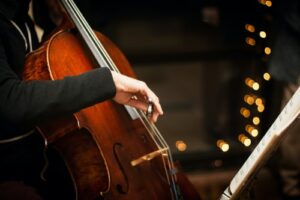
The cello belongs to the same musical family as the violin. It’s much bigger and produces a deeper, much more moody sound. It’s basically a violin that’s as big as a person. Because of its similarities to the violin, it has a similar level of difficulty to play.
Like the violin, the cello doesn’t have frets to tell the player where their finger placement needs to be for notes. It also has a whole bunch of other challenges. The position of a cello is incredibly important when playing, as well as the position of the bow and the pressure of the fingers.
Cello strings are much larger than those of the violin, so this instrument can be particularly challenging for small fingers.
11. Clarinet

As mentioned earlier, the clarinet is a woodwind instrument in the same musical family as the oboe. The clarinet is a bit more versatile than its larger sibling, but it can be just as hard to play.
It is a reeded instrument which means it uses a wooden reed through which the player must push air at the right pressure to create sound. Producing the right amount of pressure can be a difficult task to master.
One of the hardest things about the clarinet is that the margin of difference between a pleasing sound and something that sounds like it’s being played by Squidward from Spongebob Squarepants isn’t very big. The slightest mistake is very obvious, and for this reason, it takes many years to become proficient at the clarinet.
Conclusion

The instruments in this list are known for being difficult to learn, but it doesn’t mean they’re impossible. Any form of musical education has incredible benefits, especially for kids. It’s also possible to give kids experience with different instruments without the need for expensive purchases or lessons.
Check out the Mussila Music School. Mussila is an award-winning EdTech application that gives kids a complete musical education in a fun and engaging way. Mussila uniquely uses the art of play to engage kids while they learn music theory, composition and even how to play instruments.
With Mussila, kids don’t need adult supervision or even access to an instrument; it can all be done from a tablet. All they need is a connection to the internet and maybe some headphones.
So check out the Mussila app in the app store today, or follow Mussila on social media to stay up to date on news and innovation, including Mussila’s newest project, ‘WordPlay’ – an app that uses gamification to help kids learn how to read.

